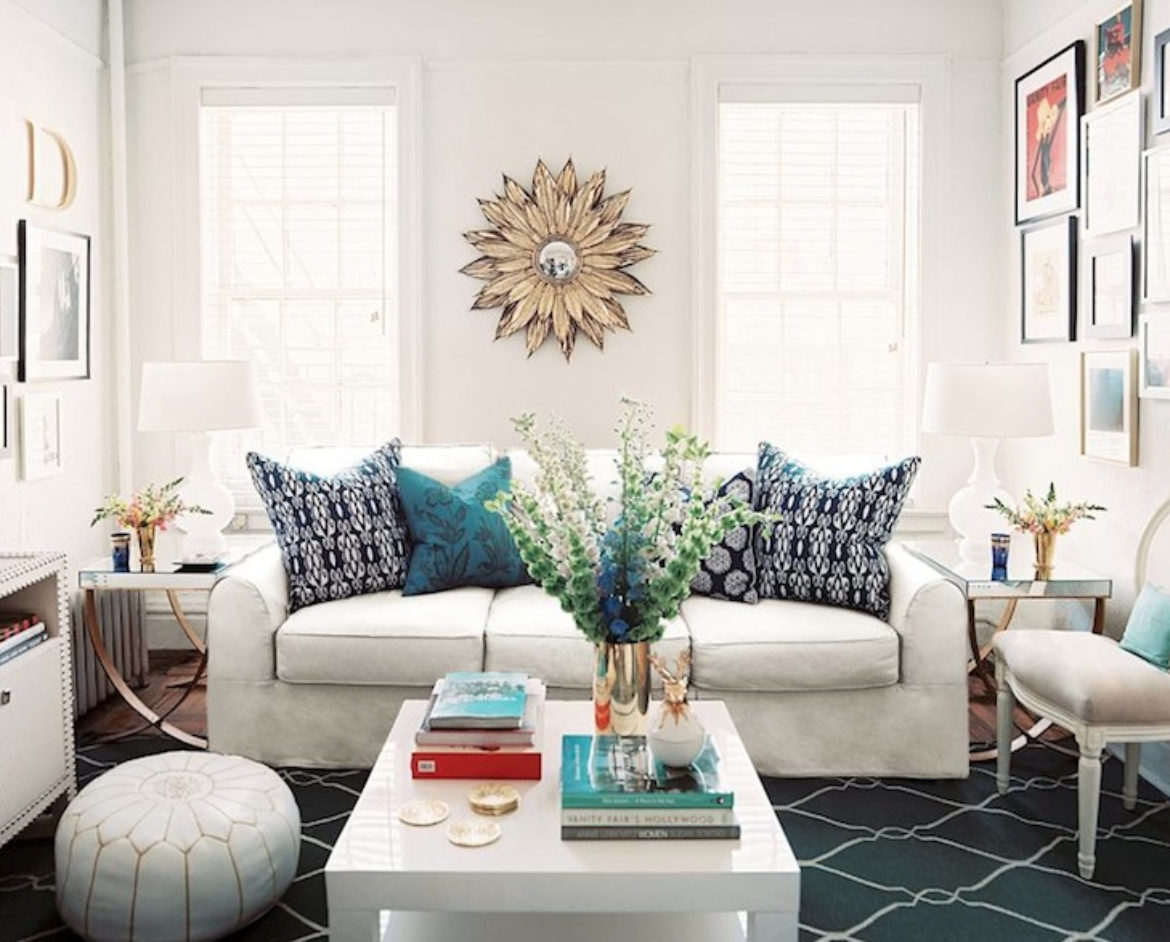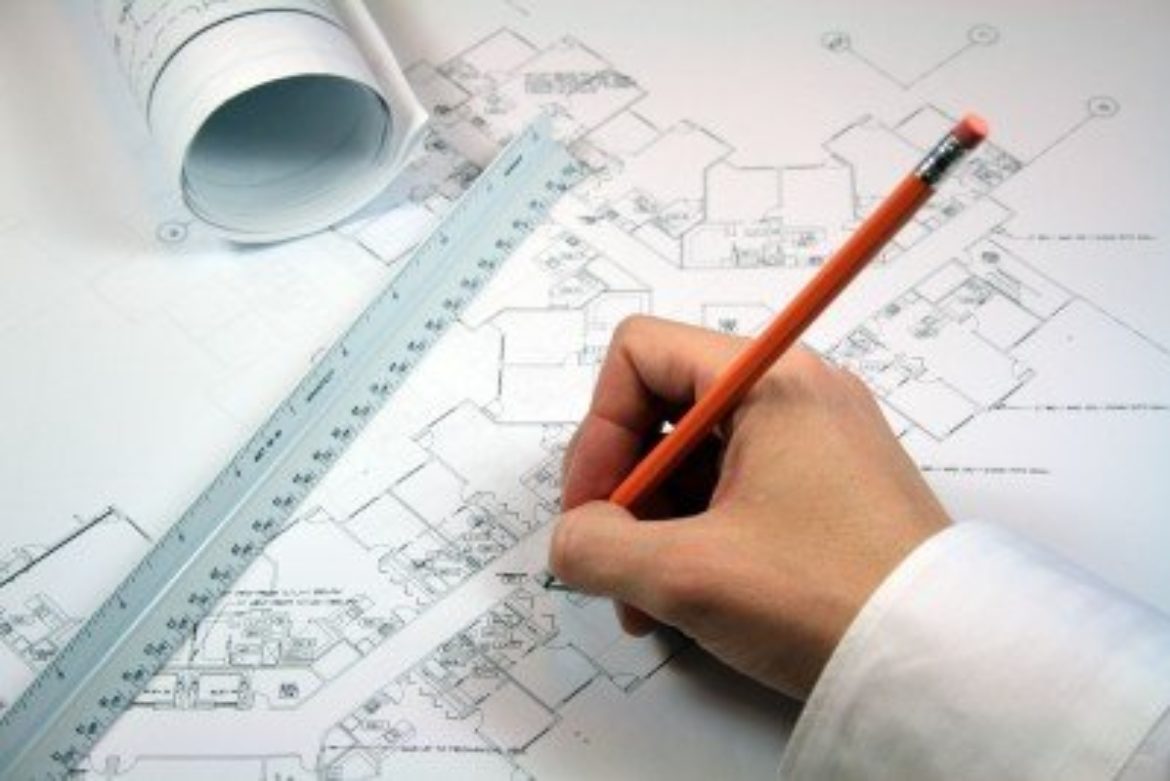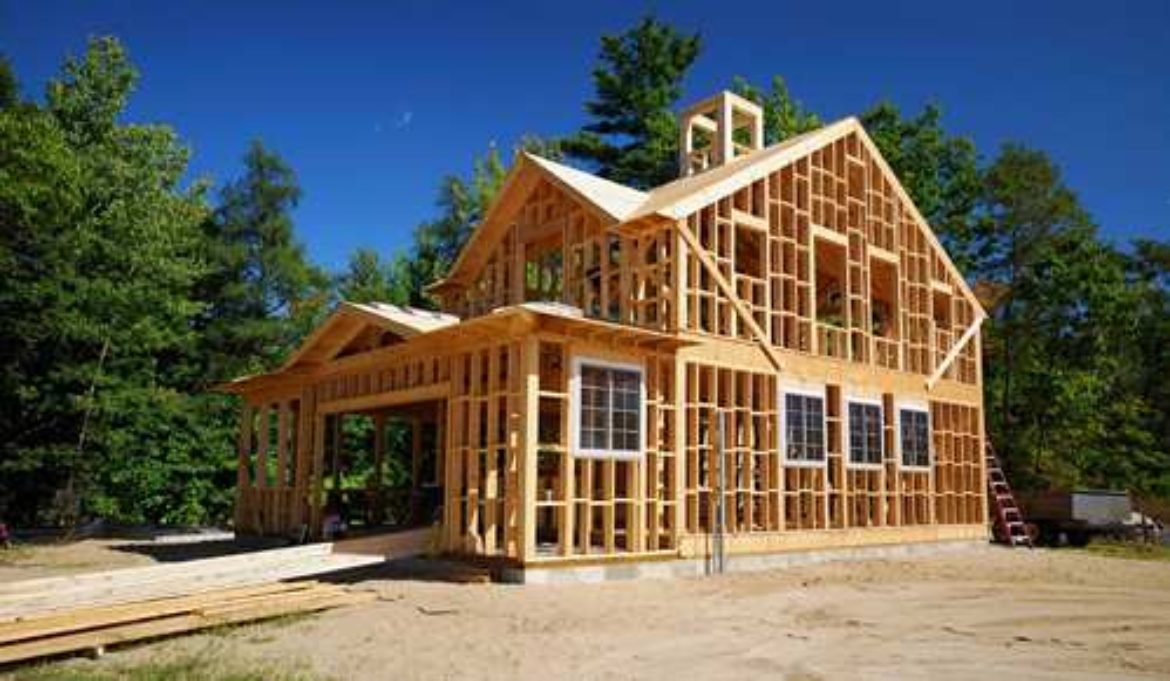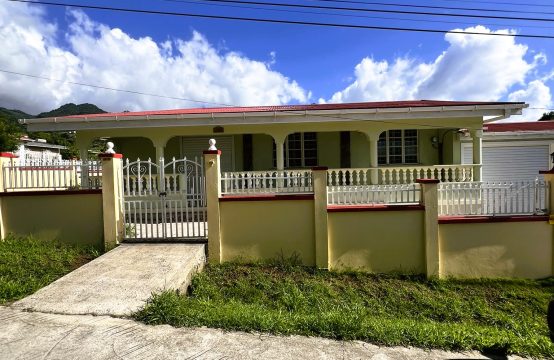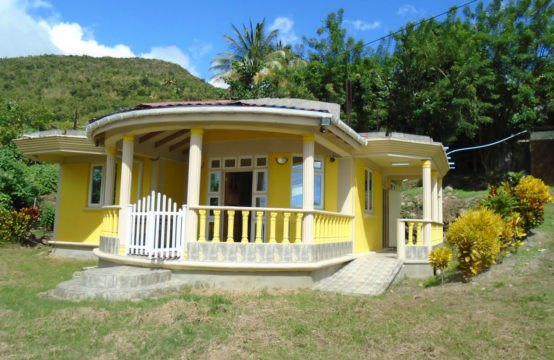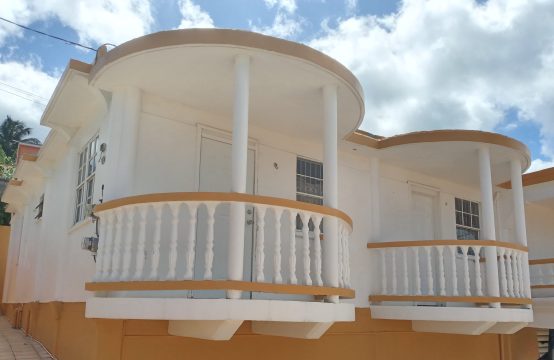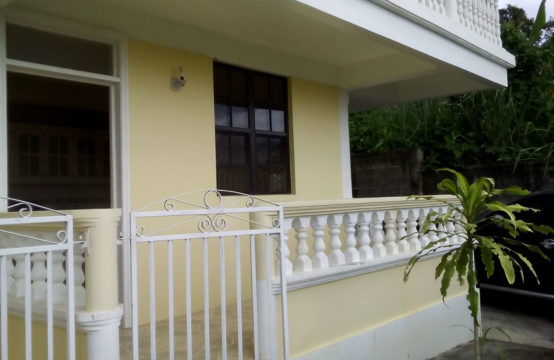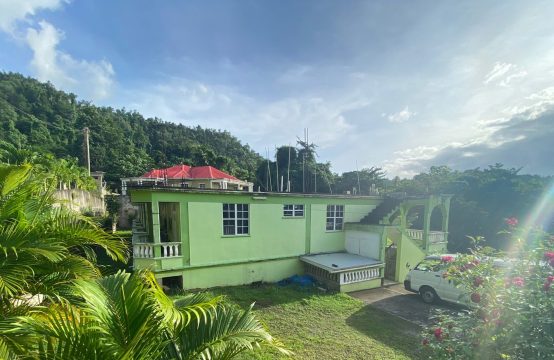
A home is likely the most costly asset you will ever own, and it’s not a decision to be taken lightly. The dream of homeownership can quickly turn into a nightmare, leaving you with a lifetime of financial regrets.
Don’t let the home-buying process make a financial fool out of you. Here are four of the biggest home shopping mistakes to avoid:
- Treating a home solely as an income generating investment
A house should first and foremost be for living in. Rental income is never a sure thing, so the home should be able to serve you if you fall short of the returns you expected. Buying a home in order to use it as rental or guesthouse is not always financially wise, and often yields undesirable results.
- Comparing your rent to a mortgage payment
Just because you pay a certain amount in rent does not mean you can afford the same amount as a mortgage payment. There are multiple costs associated with purchasing and owning a home that should be taken into consideration.
- Maxing out your loan
Life can be unpredictable, and it is easy to find yourself suddenly living in a house you can no longer afford. Skip the large mortgage payment and decide on security instead. You can’t put a price on knowing you can stay in your home even if you face a financial crisis or life change.
- Taking too long to make a decision
Don’t let cosmetic issues like paint colors or outdated décor keep you from putting an offer in on a home. You can take your time later to upgrade the physical imperfections. If a house is priced well, structurally sound, in your desired location, is the right size and has a great layout make an offer.

